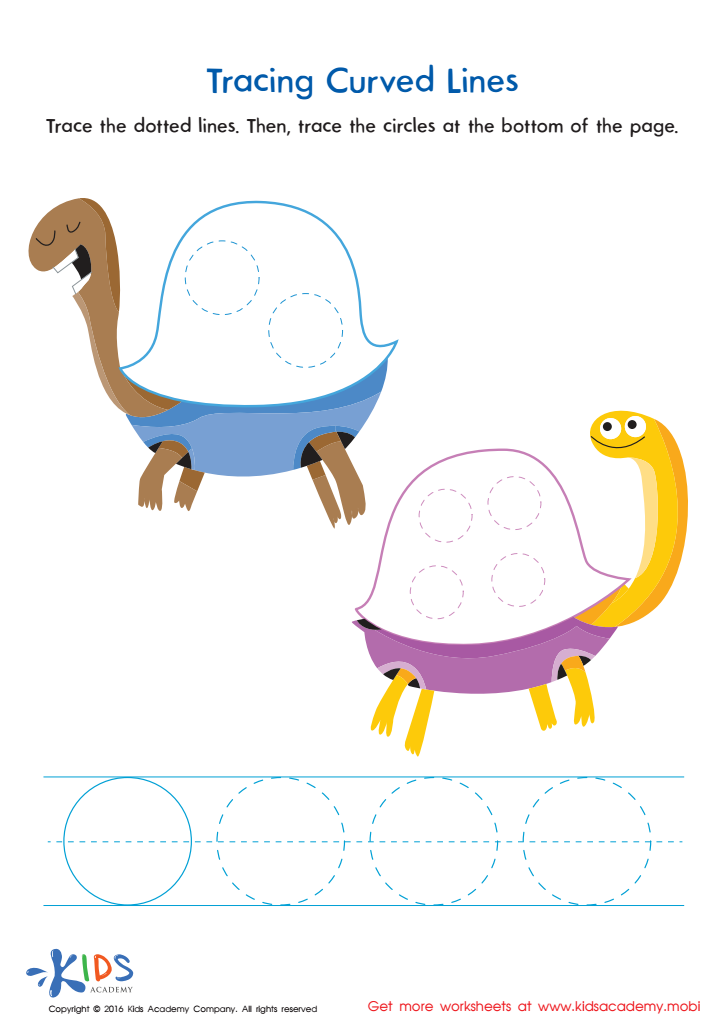Normal Tracing Lines and Curves worksheets activities for Ages 4-6
5 filtered results
-
From - To
Strengthen your child's fine motor skills with our engaging Normal Tracing Lines and Curves worksheets, specifically designed for ages 4-6. These activities offer a fun, hands-on approach to learning as children practice tracing various lines and curves. Perfect for preschoolers and kindergarteners, our worksheets help boost hand-eye coordination, enhance pencil grip, and foster early writing skills. Each worksheet features colorful designs and varying difficulty levels to keep young learners motivated and challenged. Explore our collection today and watch your child develop confidence in their artistic abilities while enjoying the joy of tracing. Ideal for classroom or home use!
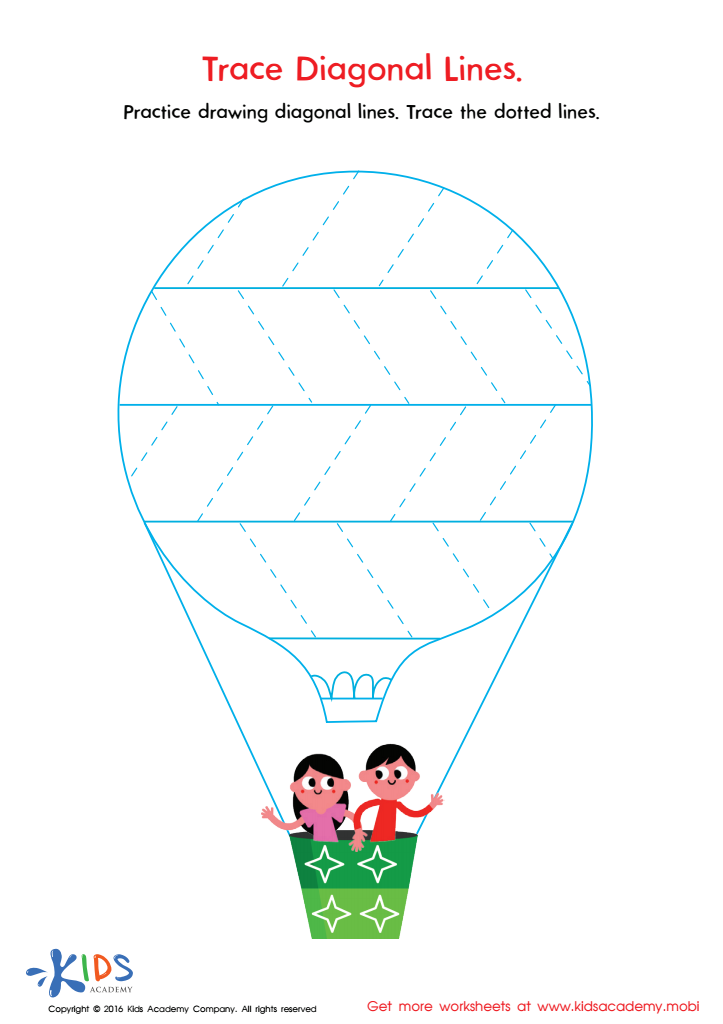

Trace Diagonal Lines Worksheet
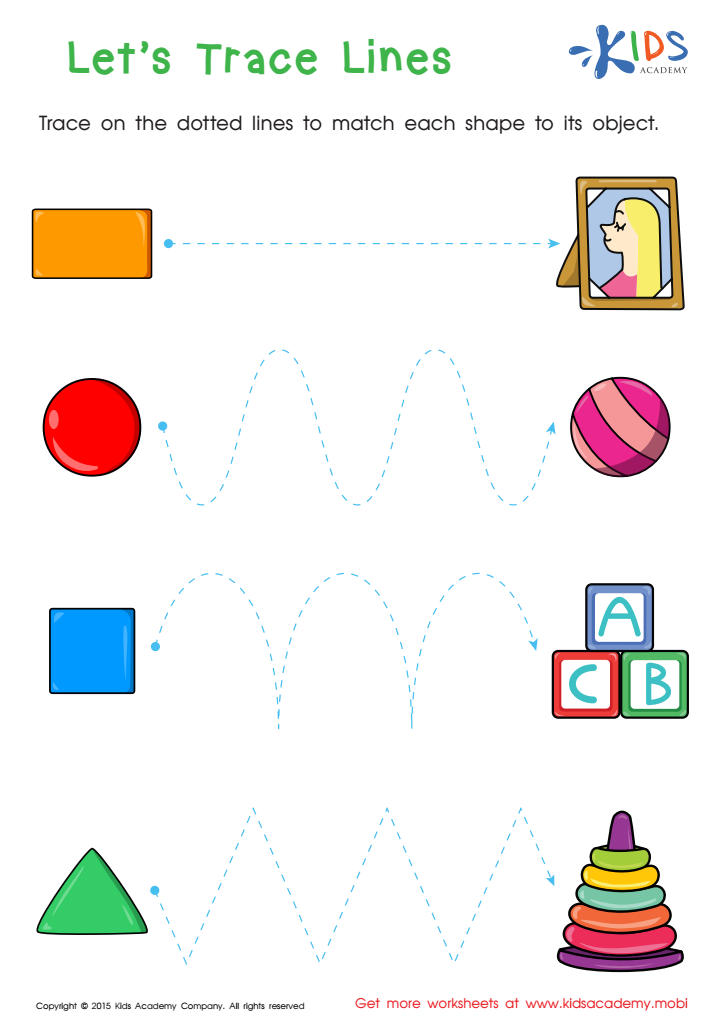

First Words: Let's Trace Lines Worksheet
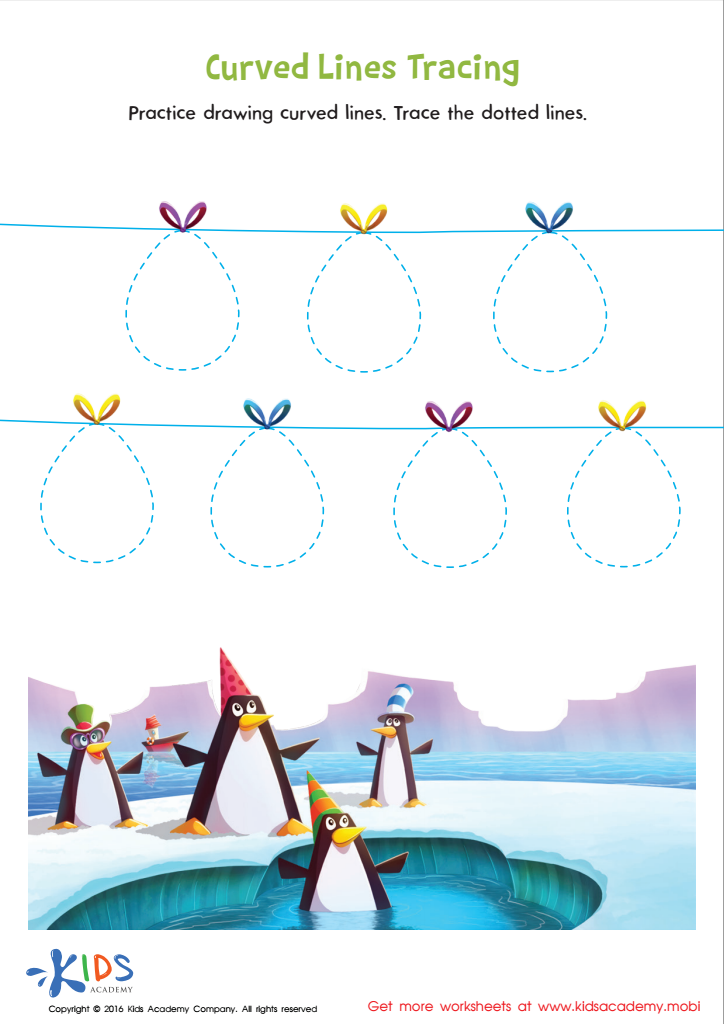

Curved Lines Tracing Worksheet
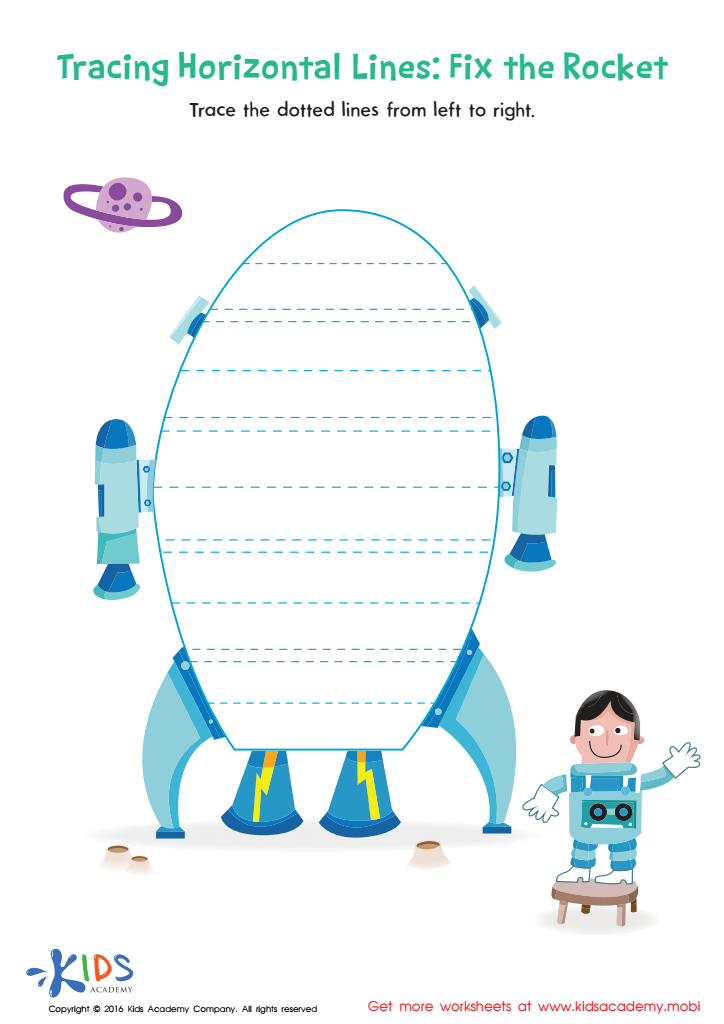

Tracing Horizontal Lines Worksheet
Normal Tracing Lines and Curves activities are essential for children aged 4-6, serving as a foundational step in their early literacy and motor skill development. These activities enhance fine motor skills, which are crucial for everyday tasks like writing, cutting, and fastening clothing. As children trace lines and curves, they improve their hand-eye coordination, dexterity, and control over their hand movements.
Additionally, these activities foster cognitive development by introducing concepts such as shapes, patterns, and spatial awareness. Children learn to recognize different forms while developing critical thinking skills as they figure out how to navigate through lines and curves.
These tracing exercises also support language development. When parents and teachers engage children in conversations about what they are tracing, it enriches their vocabulary and comprehension skills.
Moreover, tracing can be a fun and engaging activity that promotes concentration and patience, qualities that are beneficial in a child’s overall learning journey. By incorporating Normal Tracing Lines and Curves activities into their educational routine, parents and teachers provide children with vital tools that support their academic growth and lifelong learning skills. Overall, these playful yet purposeful activities are integral to holistic development during the early years.
 Assign to My Students
Assign to My Students
